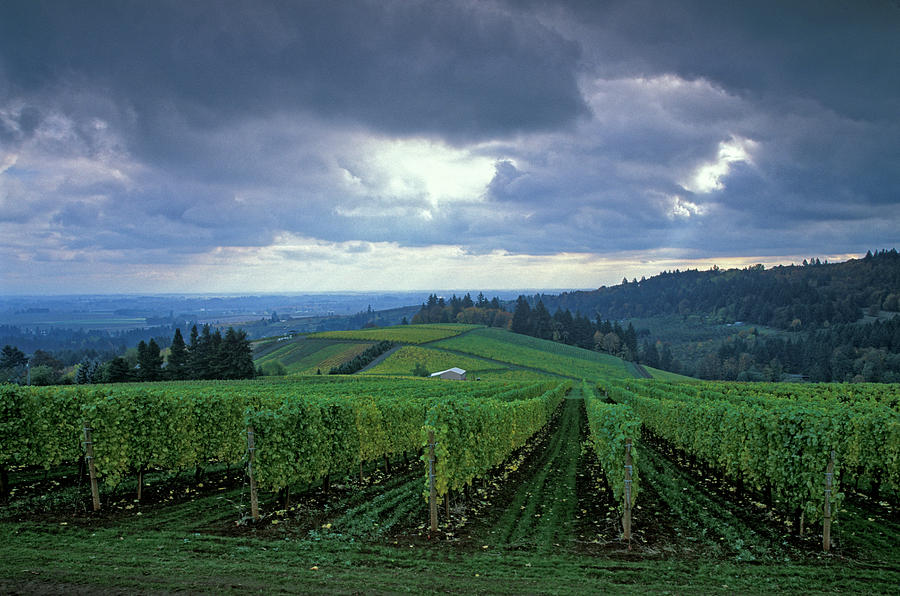An atmospheric river runs through it
By Chris Pittenger, February 2024

It’s been raining a lot lately, and people often ask – what does this mean for the vines?
As with seemingly everything in wine, there are pros and cons. Too much sun…not enough sun. Too much heat…not enough heat. Too much fog…not enough fog. This is true with rain as well. We’re like Goldilocks when it comes to weather in winegrowing – we like it just right.
Perhaps more important than how much rain we receive is when we get the rain. We don’t want any rain during the summer and fall (Harvest) as it can lead to rot and diluted flavors. Spring can be good or bad depending on what stage of growth the vine is when the rain arrives. The best time to get rain is right now, (winter) when the vines are dormant.
So here we are on the heels of two atmospheric river events in wine country. We have gotten 25 inches to date (February 7th), with most of it coming from these two large storms. Our annual average rainfall is 30 inches, so we will easily surpass the average this year.
How could this negatively affect the vines? Excessive rain can lead to soil erosion, especially on steep hillside vineyards, by washing away available nutrients and leading to unstable soils. On flat vineyards, soils become oversaturated, which could prevent vineyard crews from doing much needed activities like pruning, mowing, and weeding. These delays are usually manageable but can put us at risk for frost and disease pressure, while adding to farming costs. Vines can also get “wet feet” which limits the uptake of oxygen and nutrients to the vines and pushes out budbreak and the start of the new growing season. This was the case last year when we had historic rainfall, which led to the latest harvest in over a decade. This can put the grapes at risk for harvest rains or fire season (yes, it is a season now). We were fortunate to avoid both in 2023, and thus a great vintage.
Now, let’s discuss all the good that the rain brings. To date, it’s been beneficial for the most part. It’s filled up reservoirs and ponds, allowing reserves for irrigation and frost protection. It’s replenished our underground aquifers and raised the water table so there will be available water for the roots to tap into when they wake up. In some regions, it’s helped to flush out toxic salts and minerals that built up in the soils over many years of drought. It’s produced an abundant cover crop, which is in full bloom with radishes, clovers, peas, beans, chamomile, mustard, etc., providing nutrients to the vines and organic matter for building a healthy soil.
In the end, we appreciate all the rain. But does it have to come all at once?! It looks like this will be the new normal with extreme weather events like atmospheric rivers. We’re grateful that the vines will ultimately benefit from these recent storms, hopefully leading to a wonderful crop come harvest. Personally, seeing the lush green growth from the rains makes me happy, so I’m pretty sure the vines are happy too.

